As the fight against climate change continues, more people, companies, and governments are turning toward alternative energy sources, such as solar panels, in the hopes of saving our planet.
Solar panels are considered a clean and renewable energy source as they do not release greenhouse gases into the air. However, a recent study has shown that there is a dark side to solar panels, and they may not be as great for the environment as we once thought.
The Benefits of Solar Panels
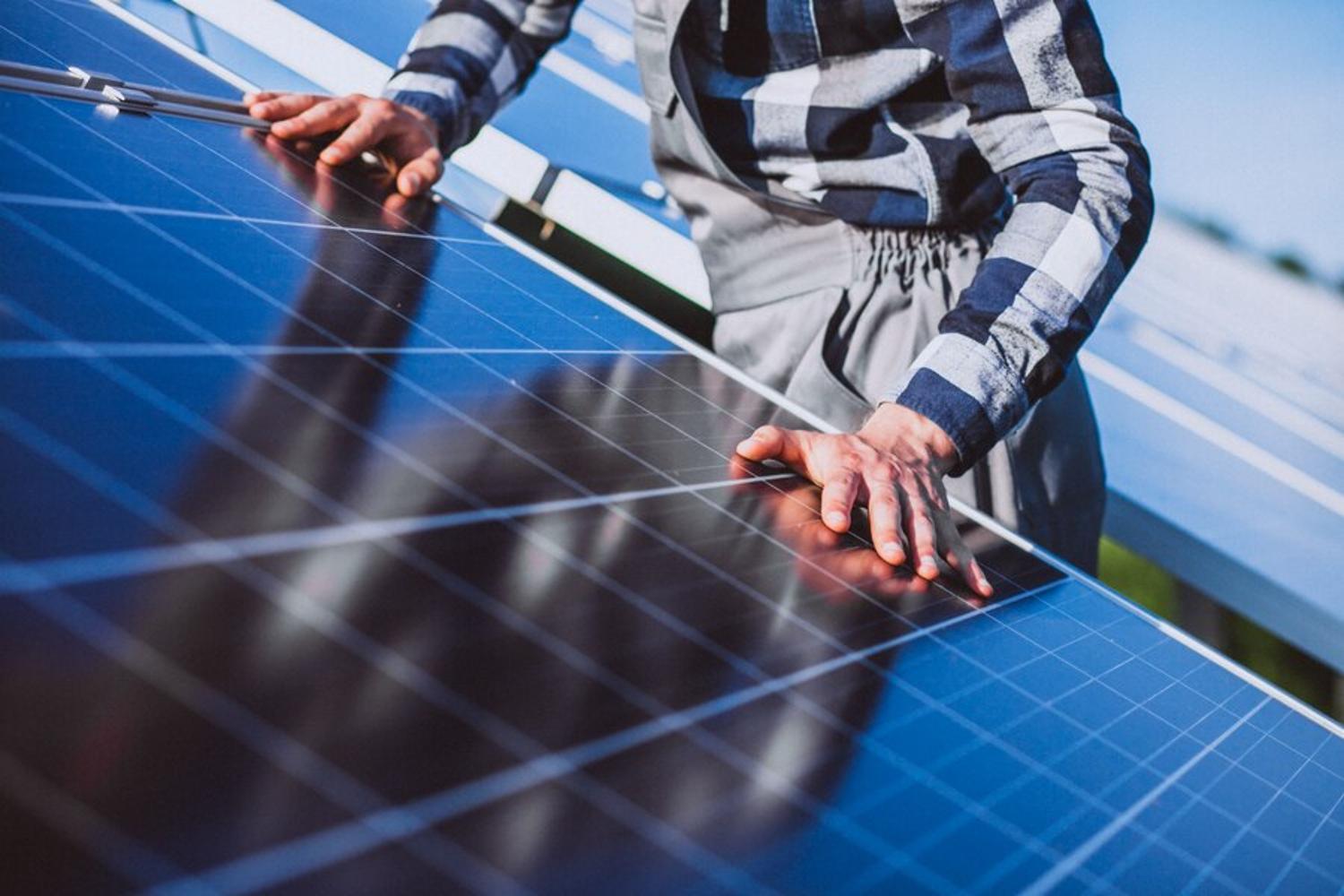
There’s no denying there are several benefits to solar panels and the power they create. Not only are solar panels net-zero in that they don’t emit any greenhouse gases, but they are also reliable, affordable, and easy to use.
Almost anyone can install solar panels on their home or business to create long-lasting, sustainable energy. In fact, for individual buildings and people, there aren’t really any downsides to solar panels.
The Downsides to Solar Panels
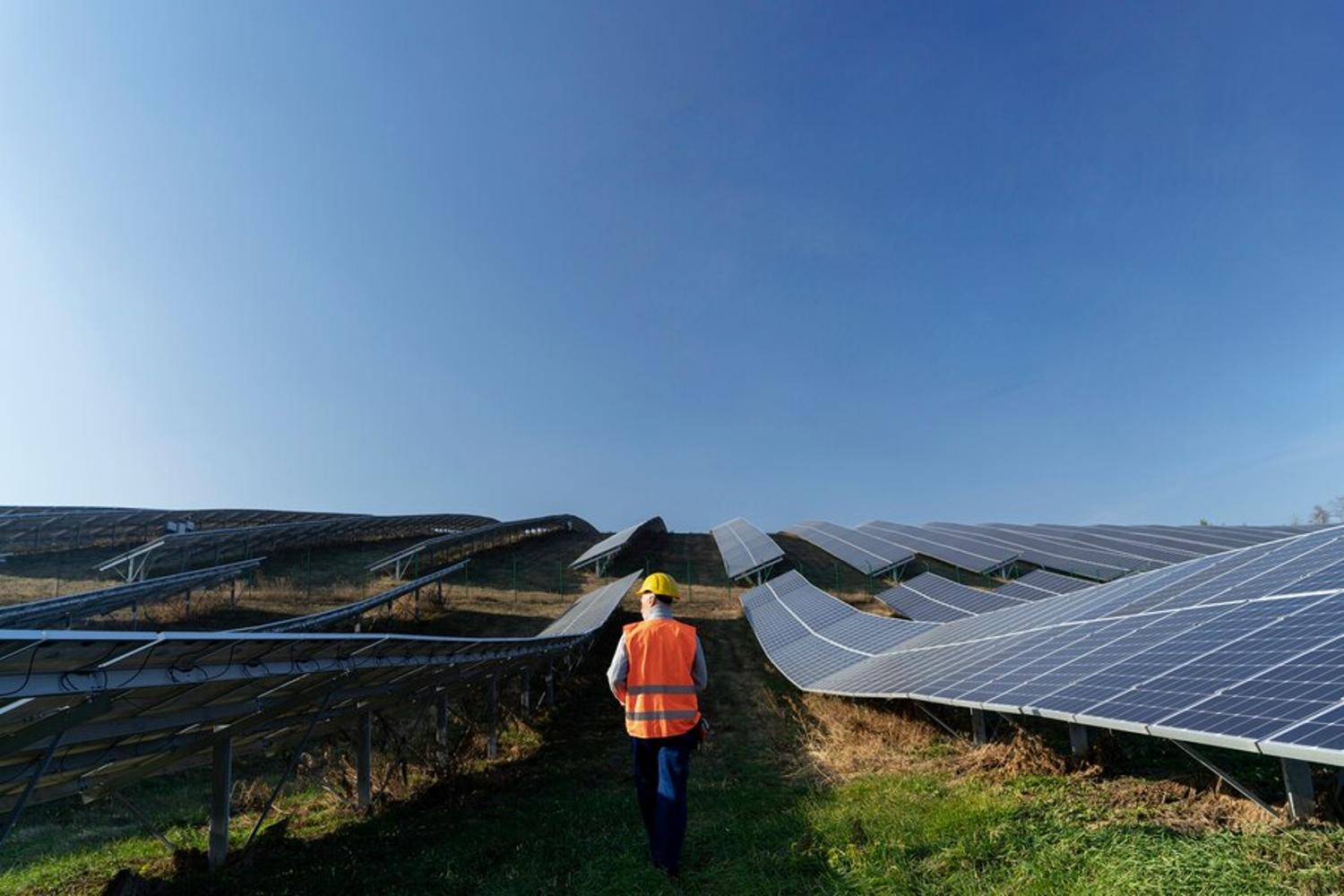
However, problems arise when companies and governments use hundreds or even thousands of solar panels to power entire towns, factories, or other large infrastructure projects.
In fact, there are five significant disadvantages to large swathes of solar panels that everyone should understand before supporting these massive projects. You may not be as excited about solar farms after reading them.
Solar Panel Farms Can Cause Extreme Loss of Habitat

Most solar panel farms are between 10 and 100 acres. While just six acres can produce one megawatt, which can power up to 1,000 homes, most of these farms are trying to create enough energy for thousands of homes, factories, and businesses.
Several dozen acres of empty land are quite uncommon; even land that looks empty is still home to a bustling natural ecosystem. Clearing this land destroys entire habitats, which is detrimental not only to the local ecosystem but also to the planet as a whole.
Even Small Scale Deforestation Is Bad for Our Planet

Of course, clearing the land for solar panels will kill the natural flora and fauna that live there, but it also means cutting down at least a few acres of trees.
At this point in time, any deforestation, even on a small scale, will increase the already mounting adverse side effects of climate change. Not to mention the fact that large solar farms require roads, infrastructure, and construction elements that further pollute the air we breathe.
Solar Panels Use an Incredible Amount of Water

Next on the list is water; solar energy systems use a substantial amount of water for cooling and cleaning. One report estimates that solar panels require about 20 gallons per megawatt per hour.
Water scarcity is already rapidly becoming a problem for people all around the world. If we continue to use water at the same rate we do now, let alone increase it, both people and the environment will suffer over the coming years.
The Manufacturing of Solar Panels Creates Toxic Waste
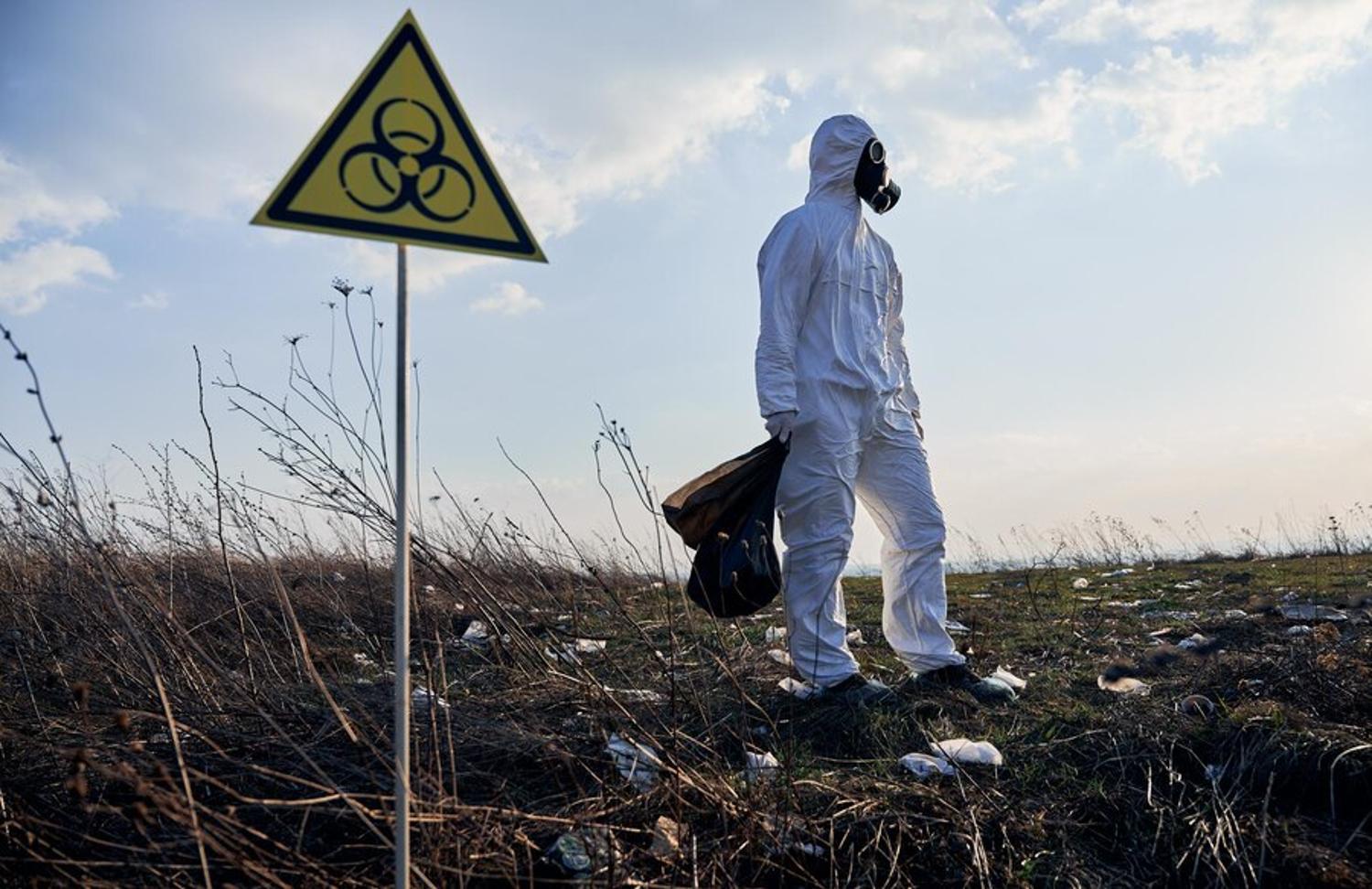
Many people assume that solar panels are perfectly safe because they do not produce greenhouse gases, but that’s not entirely true. Solar panels contain many hazardous materials, including arsenic, lead, and cadmium, which are toxic to the environment and human beings.
Although the materials are tightly secured within the glass and plastic within the panels, it would be very dangerous if they made their way to the air and water around the farm.
Creating More Non-Recyclable Products
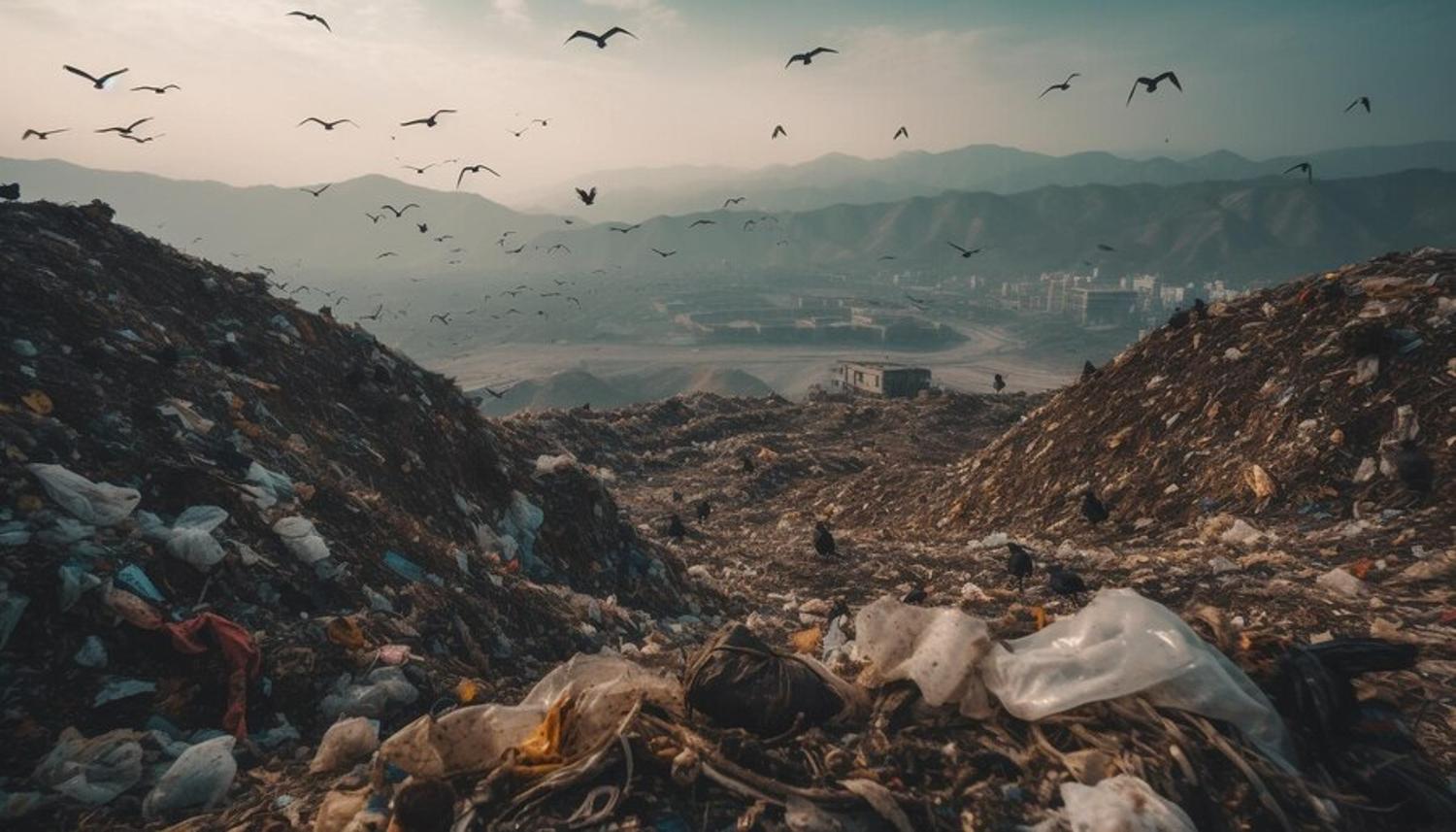
Solar panel production is also risky. Some say that by 2050, as many as 78 million tons of waste could be generated by building solar panels.
This waste includes dangerous toxins like arsenic, cadmium, and germanium, as well as other kinds of waste like plastic and glass, none of which is recyclable because of how they are produced.
Solar Panels Are Still Better Than Fossil Fuels

Although these downsides are undoubtedly significant, it’s also important to note that most experts agree solar panels are still far better for the planet and the people who live on it than fossil fuels.
Fossil fuel production and use release toxins into the air and water, destroy habitats, cause deforestation, and create extensive toxic and non-recyclable waste, just like solar panels. However, they also release greenhouse gases into the air.
Using the Sun Isn’t a Bad Idea

Additionally, there are ways to minimize solar panels’ five disadvantages. Using existing infrastructure, such as parking lots and brownfields, will prevent extensive habitat loss and deforestation.
Efficient water management systems can decrease water consumption; recycling old solar panels to make new ones will cut down on waste, and developing designs that don’t use toxic materials can ensure the safety of all people, plants, and animals. But experts need to get to work making these changes.
Are Wind Turbines More Environmentally Friendly Than Solar Panels?
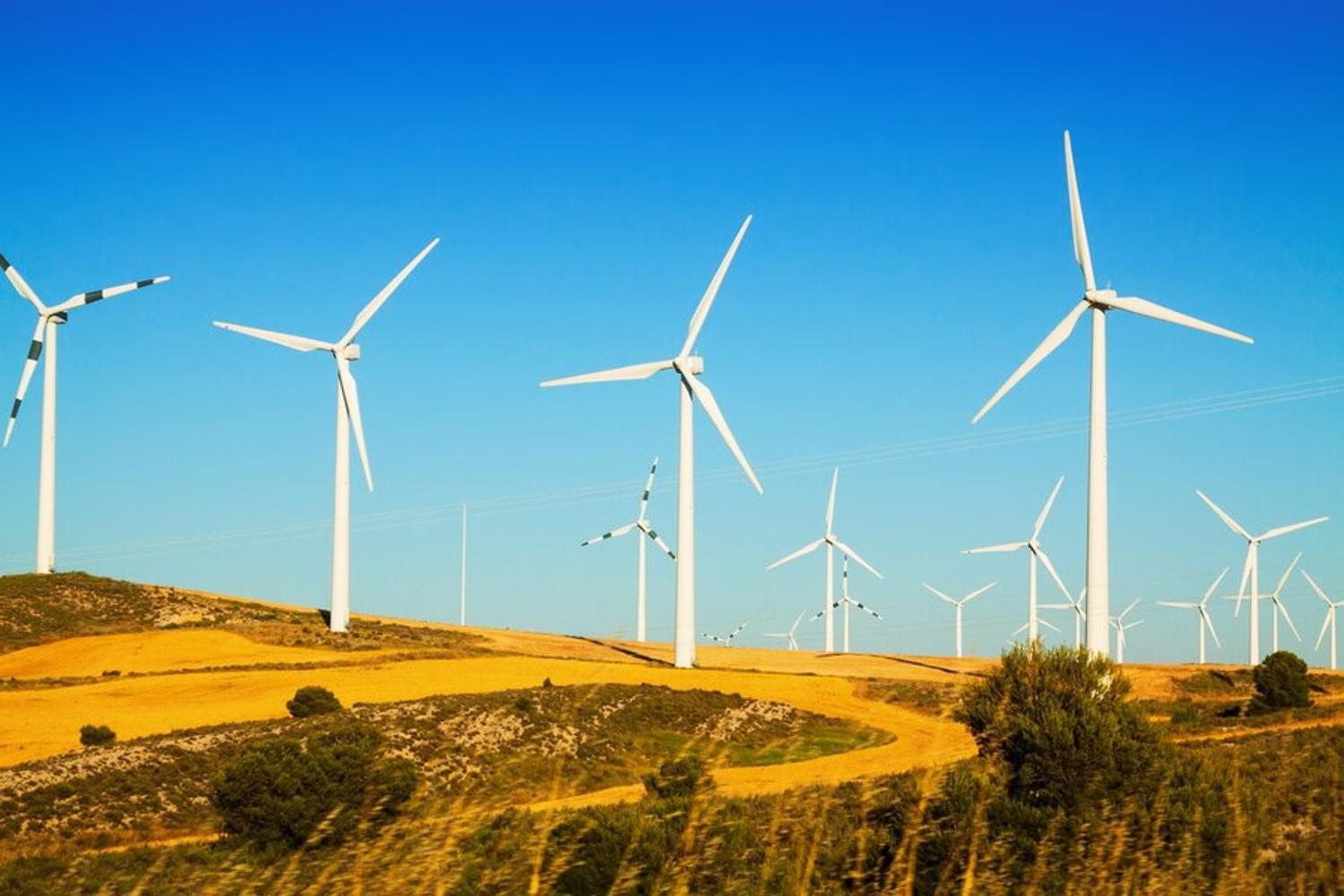
The next logical question one might ask after learning that solar panels aren’t as environmentally friendly as they thought is: Are wind turbines more sustainable than solar panels?
Wind turbines are unquestionably an effective and sustainable energy source; however, they come with their own set of drawbacks. And like solar panels, wind farms need a great deal of land to produce a significant amount of energy.
Finding New Ways to Save the World
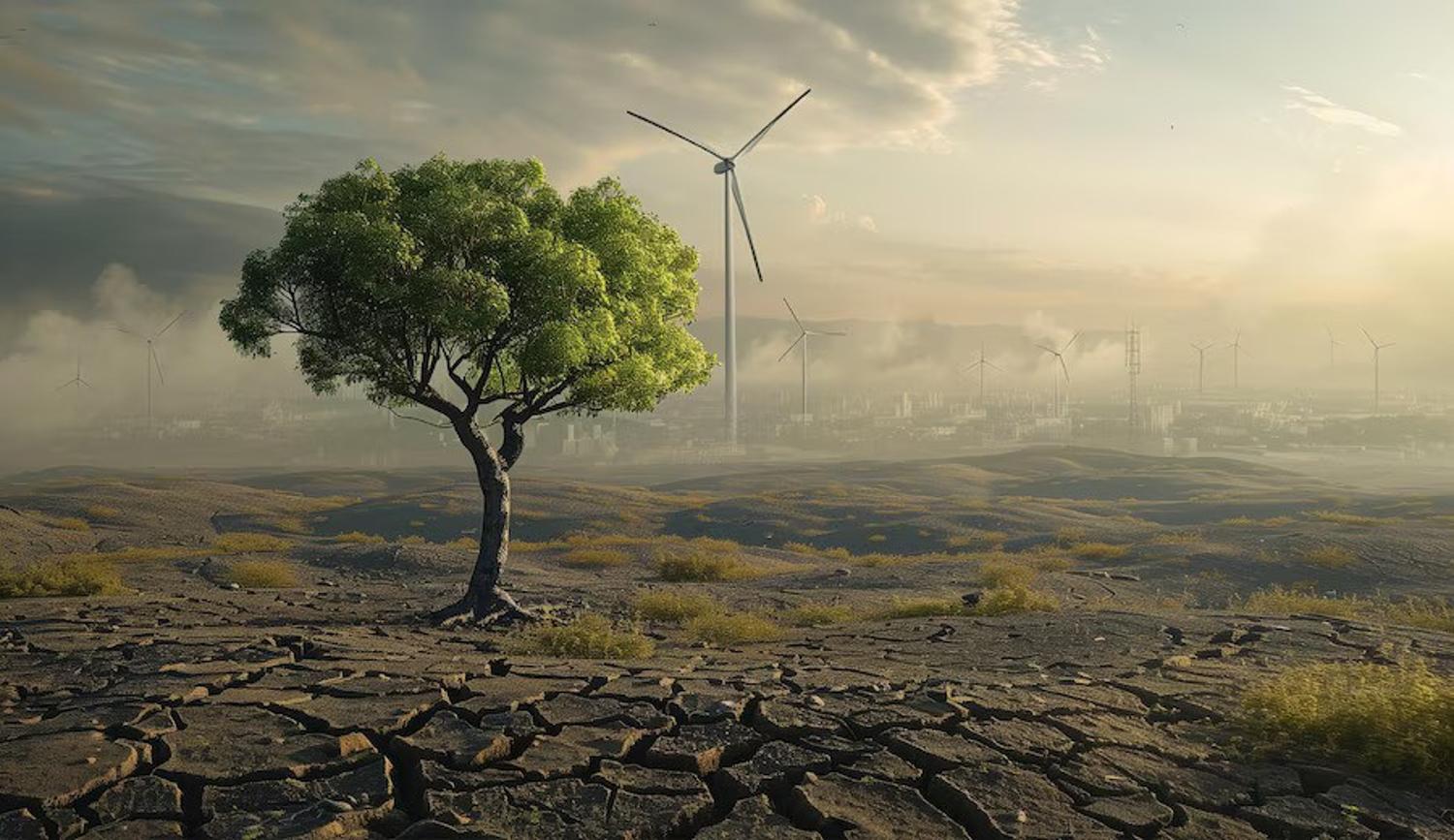
Some believe that solar panels and wind turbines, even with their downsides, are still the answer to the growing climate change problem. However, others believe we need to find new, more reliable, and environmentally friendly ways to protect ourselves from climate change.
Either way, almost everyone agrees that real and lasting change needs to be made as soon as possible if we want to leave at least some semblance of our world for the next generation.








































